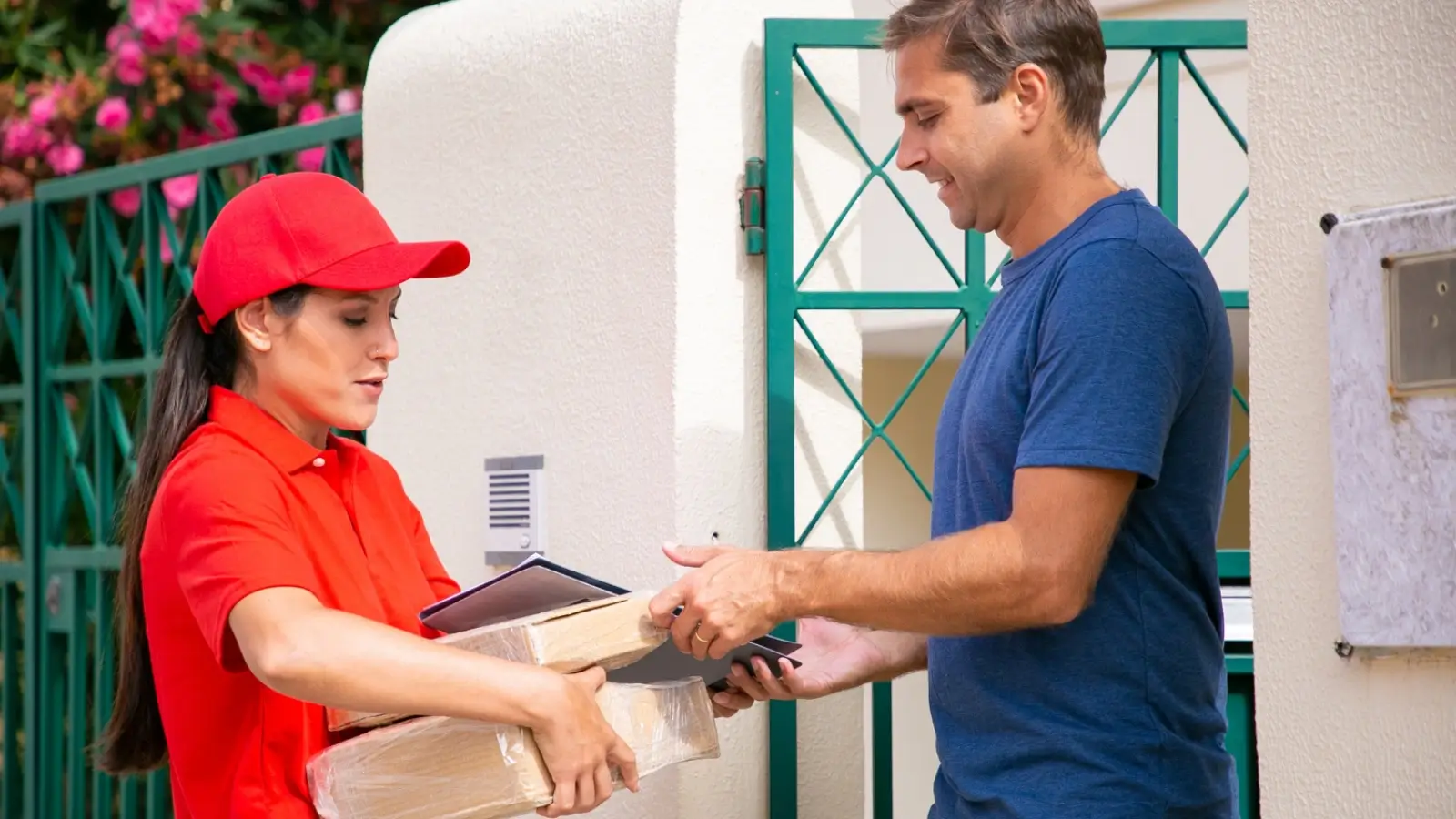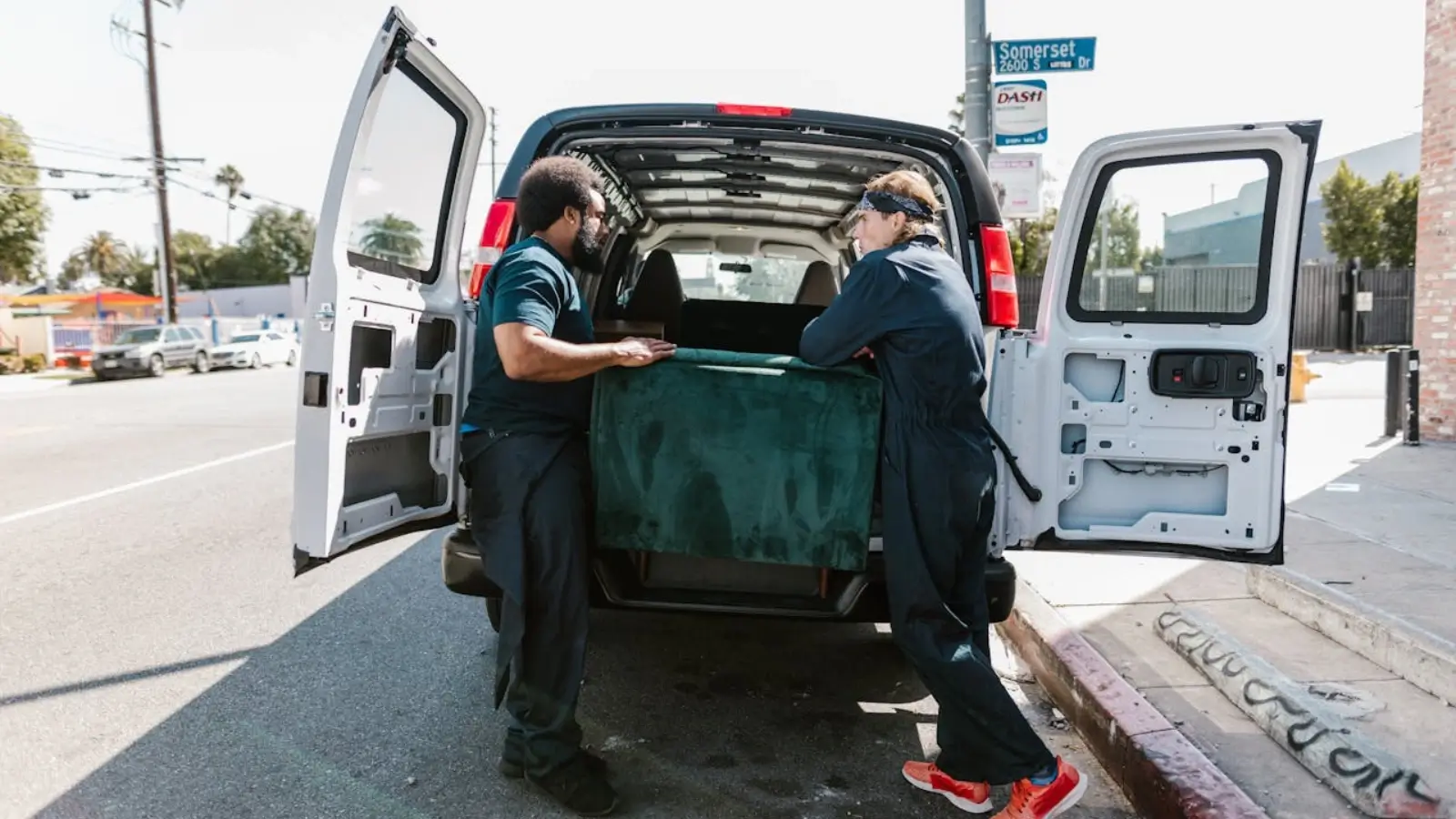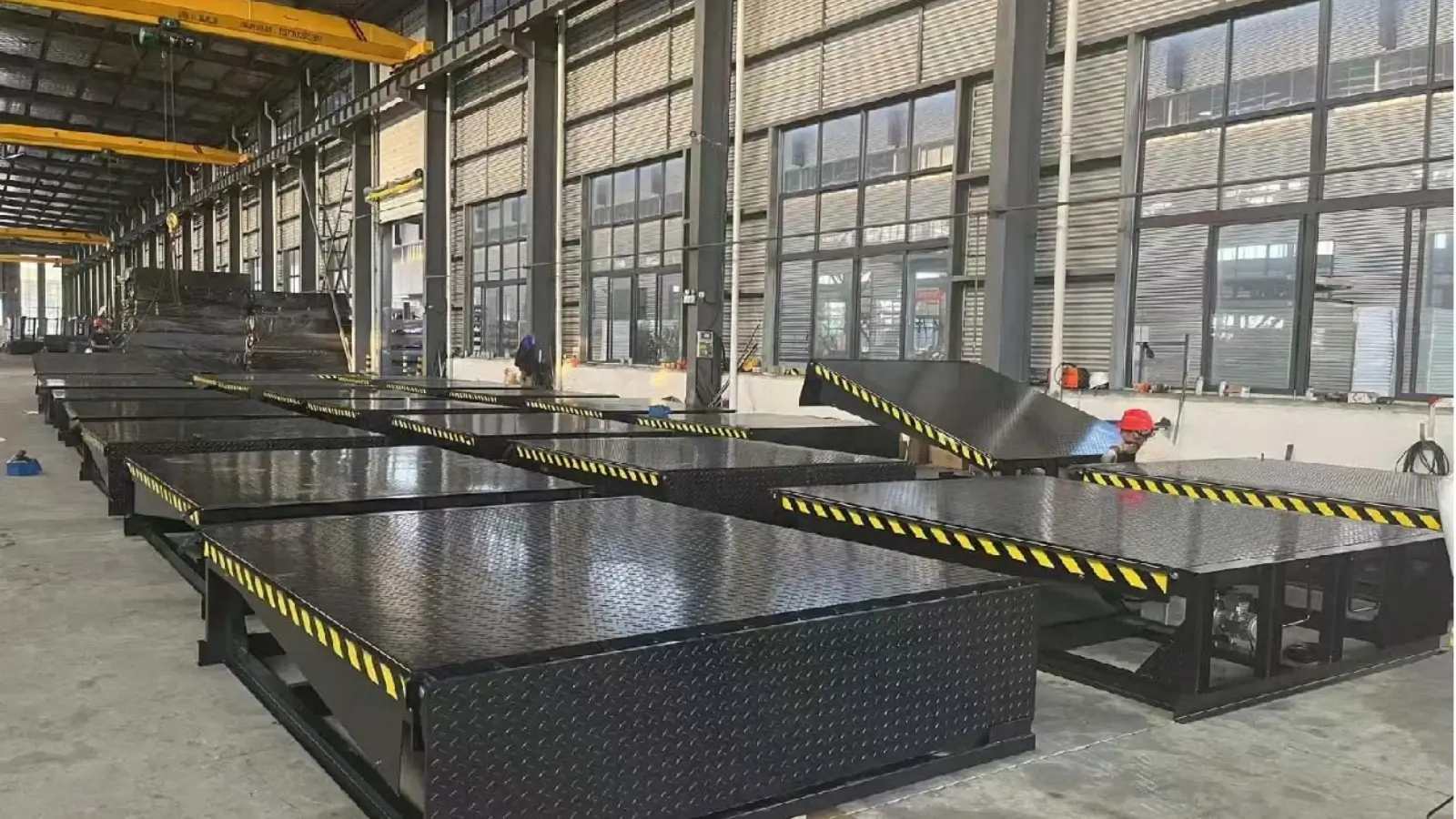
In global furniture logistics, space is money.
The bulkier your product, the more you pay to ship it.
That’s why businesses from furniture brands to cross-border eCommerce sellers are turning to a smarter solution: the compressed sofa.
1. What Is a Compressed Sofa, Exactly?
A compressed sofa is a specially engineered piece of furniture made from high-resilience foam and designed for mechanical or vacuum compression during shipping. After unpacking, the sofa fully rebounds to its intended form and function. This level of performance requires precise materials and design—something only a specialized compressed sofa factory can consistently deliver.
Key characteristics include:
- Use of dense, elastic foam with fast recovery
- Structures designed to withstand temporary deformation
- Packaging that ensures protection during transit
- Easy unboxing and deployment on arrival
This solution is particularly useful for brands dealing in large volumes or selling to international markets, where every cubic meter saved means real cost reduction.
Compressed sofas aren’t just a shipping method—they’re a logistics strategy.
2. Why Compressed Sofas Are Gaining Popularity
As global freight costs remain volatile and warehousing becomes increasingly expensive, furniture exporters and brands are under pressure to reduce logistics overhead. Traditional sofas are bulky, fragile, and inefficient to ship—especially in international trade.
Enter the compressed sofa: a solution that allows manufacturers to vacuum-pack or compress foam-filled sofas for more compact shipping, without compromising on comfort or quality after unpacking. The popularity of this method is also driven by the rising demand for DTC (direct-to-consumer) delivery models, where space efficiency translates directly to faster fulfillment, fewer damages in transit, and greater scalability across regions.
For global sellers, compressed sofas offer faster shipping, higher container utilization, and better margins.
3. Key Advantages: Save Space, Cut Shipping Costs
The value proposition of compressed sofas is simple: more pieces per container, fewer containers per shipment.
Let’s break it down:
- Traditional sofas: 1.5–2.0 CBM per unit
- Compressed sofas: as low as 0.8 CBM per unit
- Shipping savings: 30–50% per container
- Faster unloading and easier last-mile delivery
- Lower warehouse storage requirements
This space optimization allows companies to defer or reduce warehouse expansions, freeing up capital for product development or marketing instead. In addition, the ability to ship mixed models in compressed form gives sellers more flexibility when managing product variations without increasing freight costs.
Beyond direct freight savings, compression also simplifies warehousing and inventory management. With stackable packaging and uniform sizing, you can reduce racking costs and labor handling. This is especially useful in 3PL fulfillment centers where space optimization directly affects operating expenses.
For retailers and brands fulfilling frequent orders, a compressed sofa program also means fewer stockouts and faster replenishment, since you can ship more with less lead time and fewer customs complications.
Compression saves volume, but more importantly—it protects your margins.

4. Is This Solution Right for You?
Not every business needs compressed sofas—but many can benefit.
✔️ You’re a cross-border eCommerce seller
You need lightweight, compact items for cost-effective last-mile delivery. Compressed sofas reduce return risks and simplify shipping for bulky products, making furniture more feasible in eCommerce.
✔️ You’re a furniture brand shipping overseas
You’re struggling with container space, unstable freight costs, or bulky products. Compressed sofas allow for predictable shipping budgets and greater SKU flexibility in international markets.
✔️ You’re managing hotel, apartment, or contract projects
You need to deploy 50–500 units fast, without full assembly or high handling costs. Compressed sofas are ideal for “unbox-and-use” installations in tight timelines.
Even businesses not traditionally in furniture—like co-living startups or popup event planners—are using compressed sofas for flexible, scalable furnishing. It’s a strategic tool, not just a packaging trick.
Curious to explore options? Check out real solutions at: uwinfoam.com.
In the right scenarios, compressed sofas shift your business from reactive to scalable.
5. How to Choose the Right Compressed Sofa Factory
Finding a manufacturer that understands both furniture and compression logistics is key. Not all factories are equipped—or experienced—in this area.
A reliable sofa factory should offer:
- Foam Expertise: Knowledge of compression ratios, rebound performance, and density selection
- Export Packaging: Vacuum or roll-pack options compliant with major customs standards
- Proven Testing: Compression, drop, and recovery tests pre-shipment
- Certifications: ISO, SGS, or FSC for export credibility
- Clear MOQ & Lead Times: Transparent, realistic, and flexible for scale
If you can, request a video tour or factory visit to inspect the production line. Look for dedicated compression equipment, in-house testing labs, and modular assembly lines that support flexible production runs. For overseas buyers, it’s also useful to ask for third-party audit reports or references from other export clients.
Before committing, here are 6 questions to ask:
- What foam do you use and how does it perform post-compression?
- Can you provide a compressed sample for testing?
- What’s your average lead time for compression orders?
- Do you allow mixed SKUs per container?
- What’s the MOQ for compressed sofa production?
- What’s your policy for failed recovery or packaging damage?
The right sofa factory won’t just sell you a product—they’ll enable your supply chain.

6. FAQ: Common Questions About The Compressed Sofa
Q1: Will compression damage the sofa or affect comfort?
A: No—high-resilience foam is designed to fully recover after decompression. With proper packaging and testing, quality is preserved.
Q2: How long does it take for a compressed sofa to fully rebound?
A: Typically 24–48 hours at room temperature, though many recover to usable form in a few hours.
Q3: Can compressed sofas be customized in design or color?
A: Yes, most factories support full OEM/ODM options including fabric, size, and modular structure.
Q4: What if the sofa doesn’t recover properly after shipping?
A: Reputable manufacturers offer refund or replacement policies, particularly for export clients.
Q5: Are there environmental benefits to compression?
A: Yes—fewer containers means reduced emissions, and some foam types are recyclable.




















